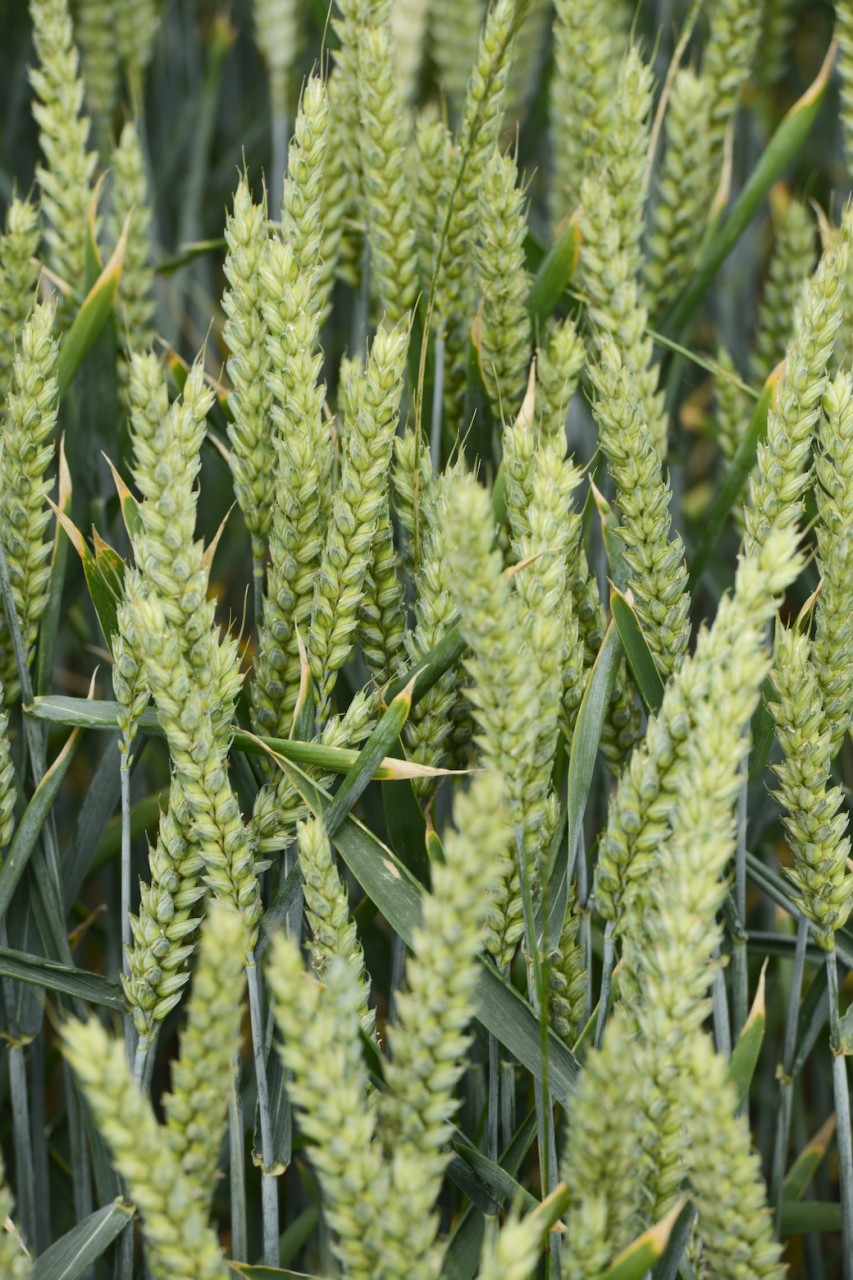How to best protect your investment at T3 in winter wheat
In spite of turbulent weather this spring most crops are looking reasonably clean. The focus now turns to protecting the investment made to date and ensuring crops fulfil their full potential, both in-terms of yield and quality.
The true fusarium risk this season is still to evolve and will very much depend on the weather conditions in the next couple of weeks. However, levels of microdochium have been reported at, or near, the stem base in some crops, with F. culmorum detected on higher leaf layers. This could act as a source of inoculum for ear infection if we get humid weather or rain showers coinciding with the crop coming into flower.
What causes fusarium ear blight?
Fusarium ear blight (or fusarium head blight/FHB) can be caused by a number of different fusarium species including F. culmorum, F. graminearum, F. avenaceum, F. poae, F. langsethiae, Microdochium nivale and M. majus. These pathogens (with the exception of Microdochium spp.) produce mycotoxins which can have an adverse effect on human and animal health, with their presence causing a significant impact on premiums and often leading to rejections. In particular, F. culmorum and F. graminearum are the most important contributors to mycotoxin formation.
In addition, michrodocium species can reduce yield and grain quality, as well as cause infected seed which leads to poor germination in the subsequent crop.
When determining the areas most likely to fall victim to the disease, there are several factors which influence its impact. These include:
- Region
- Previous crop
- Cultivation
- Variety
- Speed of ripening
- Rainfall at flowering
- T3 fungicide choice
Mitigating the risk
With little or no curative activity being afforded by current fungicide actives, preventive treatments should be applied pre to early flowering. When selecting which active ingredients to apply, review your current programme applied to date, the on-going fusarium risk and whether there is any need to top-up activity against septoria and rust.
Triazole chemistry, for example prothioconazole, tebuconazole and metconazole have been shown to offer good preventative control of the key fusarium species, whereas strobilurins are now considered to be largely ineffective. However, their use can help retain green leaf area which is fundamental during the key grain filling period as well adding to rust control. Consider adding in chlorothalonil, particular if the septoria pressure is high but also to help with triazole resistance management.
Achieving good coverage is critical at this timing in order to get the fungicide where you need it. Angled nozzles, as well as alternating nozzles forward and backwards, can all help coat the ear. Adjuvants have also been shown to help with coverage, reducing the risk of infection.
IMPORTANT: AHDB no longer provide fusarium risk forecasting, you should instead refer to CropMonitor.
For further advice on the above or anything else related to crop production, you can get in touch with us here.
As a subscriber, you’ll receive email alerts each time a new blog is published so you can always stay updated with the latest advice and insights from our experts



Comments